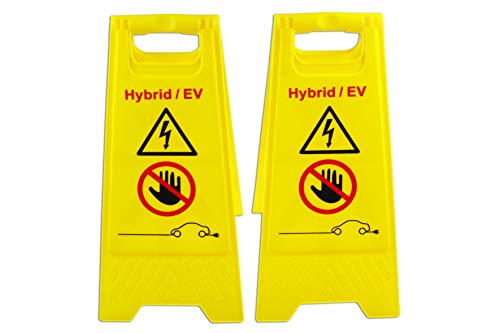bradleydavidgood777
Well-known member
JoeS said:Code will probably not allow an additional sub-box. If you upgrade your main panel to 200A, then go ahead and run the conduit and put in a NEMA 14-50 outlet, as this will future-proof you for your next EV. The increase in hardware cost over a 14-30 should be minimal, and the labor is the same.bradleydavidgood777 said:My 100Amp main box is full so I would need a sub box or a new 200Amp box which I know is expensive.
Without getting into a grounding discussion, just note that Neutral and Ground are tied together at your house power input panel. EVSEs typically do not use Neutral or Ground for carrying any current.
The i-MiEV does NOT draw 16A at 240vac, no matter what the EVSE is capable of. I think the most I ever saw was 13A using my 40A E-Motor Werks EVSE with my i-MiEV.
If you're going for low cost, then the EVSE Don bought for his Volt for under $200 would be my preference; nevertheless, I'd be inclined to buy something that could provide 24A or 32A or even higher for your next EV. I talked my brother-in-law into getting this 32A (adjustable and 120vac/240vac) EVSE for his BoltEV, and it will handle just about any situation on the road:
https://www.evseadapters.com/collec.../products/16-30a-adjustable-120-240v-charger-evse
Yes I have been thinking about it this afternoon and I came to the same conclusion. Upgrade the panel to 200A and run heavy wire to the NEMA 14-50 outlet on the outside of the house. Then buy a good RV cable to future proof everything...for me and also another EV that may come to my house.
I already have the AmazingE in my possession. I've had it since I've owned the car and just haven't gotten around to figuring out what I wanted where and getting it done. I'm actually glad about that because I may have done something in the back and now I like the front much more for several reasons.
So if I understand correctly, I'm asking the electrician to upgrade the panel to 200A. Then run a standard gauge cable thru the basement about 35 feet and thru the brick to the outside to a NEMA 14-50 outlet on the outside of the house (in some nice snow/ice/waterproof box) and I don't need additional breakers since I will be using RV cable. Then it's another 35-40 feet to the car with RV cable. So that's what I need to understand - do I run 30A RV cable and that's good enough future proof? And will the breakers at the main box be 30A to match the RV cable? And the cable from the main to the 14-50 outlet of course would handle 30A also. Or should all cables and breakers be rated for 50A? I think Tesla draws 40A right? And it may be wired for 50A but I can't remember for sure.
Oh, and about the i-miev and how much it draws. Yes I'm understanding it is 13.75A not 16. But with the level 2 charger I'm going to get a full charge in about 6 hours right? Now it takes 16 hours on level 1 set on 12A.























